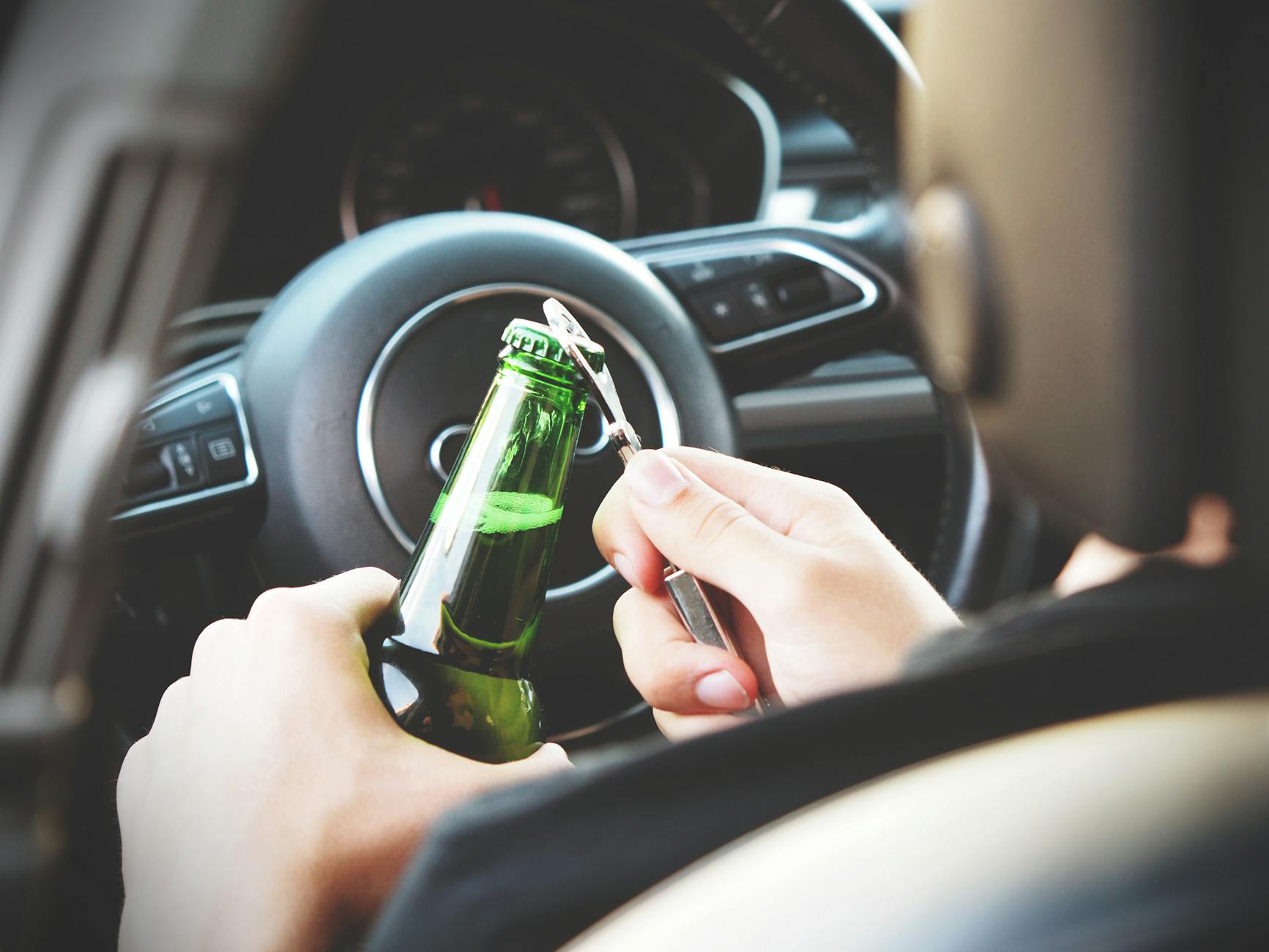Ever wonder why you need five beers to feel buzzed while your friend only needs two? Unravel the drunk equation!
Table of Contents
Have you ever found yourself pondering the age-old question: How many beers does it take to get drunk? It’s a question that has likely crossed the minds of many at some point in their lives. While the answer may seem straightforward on the surface, the reality is that there are a multitude of factors at play when it comes to determining how much alcohol it takes to reach a state of intoxication.
Factors Influencing Intoxication
Alcohol metabolism is a complex process that varies from person to person. Factors such as genetics, liver health, and enzyme levels all play a role in how quickly the body can break down and eliminate alcohol. This means that two individuals of the same weight and gender may have vastly different tolerance levels when it comes to alcohol consumption.
In addition to individual differences, factors such as gender, weight, and age can also impact how quickly a person becomes intoxicated. Generally, women tend to have a lower tolerance for alcohol than men due to differences in body composition and enzyme levels. Weight also plays a role, as a larger individual may be able to consume more alcohol before feeling its effects. Age can also be a factor, as older individuals tend to metabolize alcohol more slowly than younger individuals.
The type of alcohol consumed also plays a role in intoxication levels. Beers with a higher alcohol by volume (ABV) will have a stronger effect than beers with a lower ABV. Additionally, the rate at which alcohol is consumed can impact how quickly a person becomes intoxicated. Drinking on an empty stomach can lead to quicker absorption of alcohol into the bloodstream, while consuming alcohol with food can slow down the absorption process.
Understanding Intoxication Levels
One key measure of intoxication is Blood alcohol concentration (BAC). BAC is a measure of the amount of alcohol in a person’s bloodstream and is often used as a gauge for how intoxicated someone is. The legal limit for driving under the influence is typically set at a BAC of 0.08%, although impairment can begin at much lower levels.
Signs and symptoms of intoxication can vary from person to person but often include slurred speech, impaired coordination, and slowed reaction times. It’s important to be aware of these signs and to know when it’s time to stop drinking.
Drinking responsibly is crucial when it comes to alcohol consumption. Knowing your limits and understanding the factors that can impact how quickly you become intoxicated can help prevent dangerous situations. It’s important to always have a plan for getting home safely if you’ve been drinking, whether that means having a designated driver or using a rideshare service.
Conclusion
So, how many beers does it take to get drunk? The answer is not a simple one. A combination of factors, including genetics, metabolism, and the type of alcohol consumed, all play a role in determining intoxication levels. By understanding these factors and drinking responsibly, you can enjoy alcohol in a safe and enjoyable manner. Remember, it’s always better to err on the side of caution when it comes to alcohol consumption. Stay informed, know your limits, and most importantly, stay safe.
FAQ
How does gender impact alcohol tolerance?
Gender can influence alcohol tolerance due to differences in body composition and enzyme levels. Women typically have a lower tolerance than men.
What role does food play in alcohol absorption?
Consuming alcohol on an empty stomach can lead to quicker absorption into the bloodstream. Eating food while drinking can slow down this process.
At what BAC level does impairment begin?
Impairment can begin at much lower levels than the legal limit for driving under the influence, which is typically set at 0.08% BAC.
How can I drink responsibly?
To drink responsibly, know your limits, understand the factors influencing intoxication, and always have a plan for getting home safely if you’ve been drinking.
Generated by Texta.ai Blog Automation


Leave a Reply